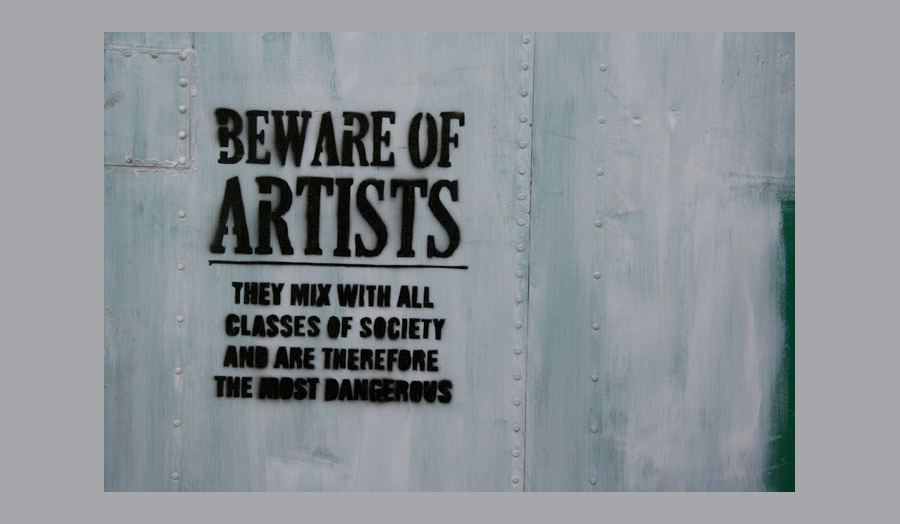Matilda Moors
We live like little balls of putty, pushed on, shaped, impressed. We harden over time. Become less liable to pick up fingerprints when things touch us. But less so these days, we stay soft for longer. And it is this state of near arrested development that needs some closer inspection.
Each week we’ll look at one of the topics of cuteness, youth culture, desire, the cartoon and consumerism. Exploring their theoretical histories and using specific instances and artefacts to think through their implications for contemporary experience and what they can tell us about how we live now.
Together we will explore how contemporary consumer culture presses against us and where (and whether) there is space to push back. Figuring through the spoils of postmodernism seeing where there is room for dissent, subversion and mischief within received cultural forms. Can clothes have actual subversive power? Are cartoon bodies a metaphor for anxiety? How has the rise of cuteness shaped our ideas about interpersonal relationships? Are just some of the questions that are likely to come up.
We’ll take a playful approach to our materials. Recognising the political potential of humour, levity and a lack of formality. After all, what's a revolution without dancing? We’ll collect stuff together, you’ll bring things, I’ll bring things, we’ll (figuratively) poke, prod and unstitch them to see what they’re made of, how they function, and the cultural impact they have. These things will be texts, garments, art works, memorabilia, YouTube clips, Saturday morning cartoons, lyrics and whatever else. This is our research, it is an approach evolved from the early feminist consciousness raising groups. It also reflects the bitty way our minds work and how they skip from one thing to the next, creating a collage that will in time reveal the thrust of the research aims that are the basis of your dissertation.
We encounter culture in fragments, shards of things clatter against each other in our brain bags, the resulting noises and frictions are our opinions and ideas. We knit these ideas together into writing. We mix our metaphors in order to express the incongruous complexity of thinking through a particular subject in detail and laying it down on the page. In her seminal book Cyborg Manifesto Donna Harraway proposes a system of partial information as opposed to hierarchies of knowledge as the way to truly intersectional kind of cultural production and we take the same tack. Which is all to say how we write and research is a reflection of how we think and should express this.
Readings and materials
- Affective Economies by Sara Ahmed
- Das Kapital by Karl Marx
- The Sex Appeal of the Inorganic: Philosophies of Desire in the Modern World by Mario Perniola
- No Logo by Naiomi Klein
- Shopping: A Century of Art and Consumer Culture edited by Christoph Grunenberg and Max Hollein
- The Fashion System by Roland Barthes
- Sad Sack by Sofia Al Maria
- Our Aesthetic Categories: Zany, Cute, Interesting by Sian Ngai
- Raw Materials for a Theory of the Young-Girl by Tiqqun
- Teen TV: Genre, Consumption, Identity By Glyn Davies and Kay Dickinson
- Youth Mode by K-Hole
- Teenage: The Creation of Youth Culture by Jon Savage
- Hollywood Flatlands: Animation, Critical Theory and the Avant-Garde by Esther Leslie
- Seven Minutes: The Life and Death of the American Animated Cartoon by Norman M Klein
- The Wretched of the Screen Hito Steyerl
- Postmodernism by Fredric Jameson
- Blood and Guts in High School by Cathy Acker
*
Studio Image: 'Suck it up' … Banner: Hans Op de Beeck, Staging Silence (3), video still (detail), 2019

Details
| Tutor | Matilda Moors |
|---|





-(1)-(1)-(1).jpg)












